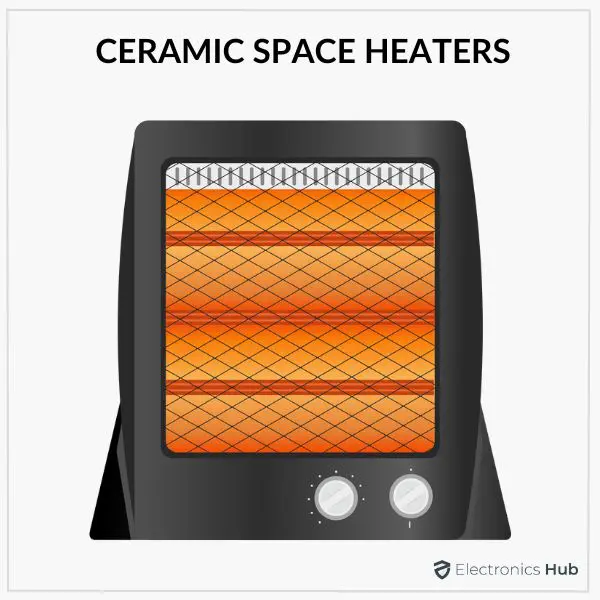The 6-Minute Rule for 1 Source Portable Air
The Best Strategy To Use For 1 Source Portable Air
Table of Contents1 Source Portable Air Fundamentals ExplainedA Biased View of 1 Source Portable Air1 Source Portable Air Can Be Fun For AnyoneAll about 1 Source Portable Air3 Simple Techniques For 1 Source Portable Air
Running prices are based on an electricity rate of 40c/kWh. The costs for 3 months' usage in winter season are based upon 500 hours use, or around 6 hours per day for 3 months. Optimum warm result is based upon the maximum wattage of the versions we've examined (we focus on higher wattage heating systems).
On standard, tiny follower heaters are less pricey to acquire, yet can have greater running costs. Oil column heaters will be the least expensive on the market to run (on standard) yet just by a slim margin in advance of convection heating systems (like panel and micathermic panels).
Some Known Factual Statements About 1 Source Portable Air
If you have a relatively easy to fix ceiling follower, it'll help disperse the warmth around the space a lot more evenly. The models in our electrical heating units test usually variety in price from well under $100 to over $900, yet we've found a greater cost does not always mean far better efficiency. A number of costly heating systems have fallen short to thrill our testers, while some cheaper versions create remarkably excellent buys.
As the name recommends, they radiate warmth from a red-hot burner (so the family members will have to take turns being in front of it). There are floor and wall-mounted versions offered. Radiant heating systems are fairly cost-effective. They have a cosy glow and personal warming impact, like sitting in front of a fire.
Glowing heaters generally cost between $20 and $200. Oil-filled column heaters don't actually burn oil they utilize electrical energy to heat up the oil that's sealed inside their columns or 'fins'.
Fascination About 1 Source Portable Air
Some column heaters aren't also oil-filled however instead use various other material or home heating modern technology to work similarly - 1 Source Portable Air. The risk of fire with an oil column heater is low compared to various other heating system kinds, however never zero. Oil heating systems do not have exposed components like radiant heating systems do, and their surface area temperature is reduced than lots of other heating system kinds (their large area makes up for it)
Oil column heaters will not explode, and while they do not shed their oil to generate warmth, it's still flammable, so there Resources is a fire threat if the oil leakages, if the heating unit topple and leakages, or if flammable things or fabric enter into get in touch with or drop on the heating check this site out unit. You should work out the same degree of care with oil heaters when it comes to other heating unit kinds, and never hang towels or garments over one to dry them make use of a drying shelf rather, at least one metre away.
Column heating systems are especially valuable in rooms where they'll be activated for long durations of time or where they'll operate ignored, such as overnight in a room. The surfaces you're most likely to touch on a column heater don't obtain as warm as other types of electrical heaters. You can utilize a ceiling follower on really low speed to help the column heating system to distribute the heat quicker and extra evenly.
If there's not much air motion (for instance, if you're resting analysis or seeing television), the warmth might not be dispersed equally. Oil-filled column heaters generally cost between $50 and $450. Convection and panel heaters draw cold air over an electric burner. The warmed air after that leaves the heating system and climbs in the direction of the ceiling, while cooler air actions in to change it.
1 Source Portable Air for Dummies

Convection and panel heaters are these details a lot more portable than their oil-filled column heating unit counterparts since they're significantly lighter. Like a column heating system, you can utilize a ceiling fan on really reduced rate to disperse the warm faster and extra evenly.

Getting The 1 Source Portable Air To Work
Follower heaters are frequently smaller and extra portable than other electric heating systems. They also can be found in the type of tower follower heaters, which can be much better for dispersing warm around larger areas because of their taller account. They can warm the air in an area more quickly, evenly and rapidly than some other heating system kinds.
Fan heating units (ceramic or otherwise) typically cost between $60 and $900. Ceramic follower heating units aren't always any type of different in price to non-ceramic designs.